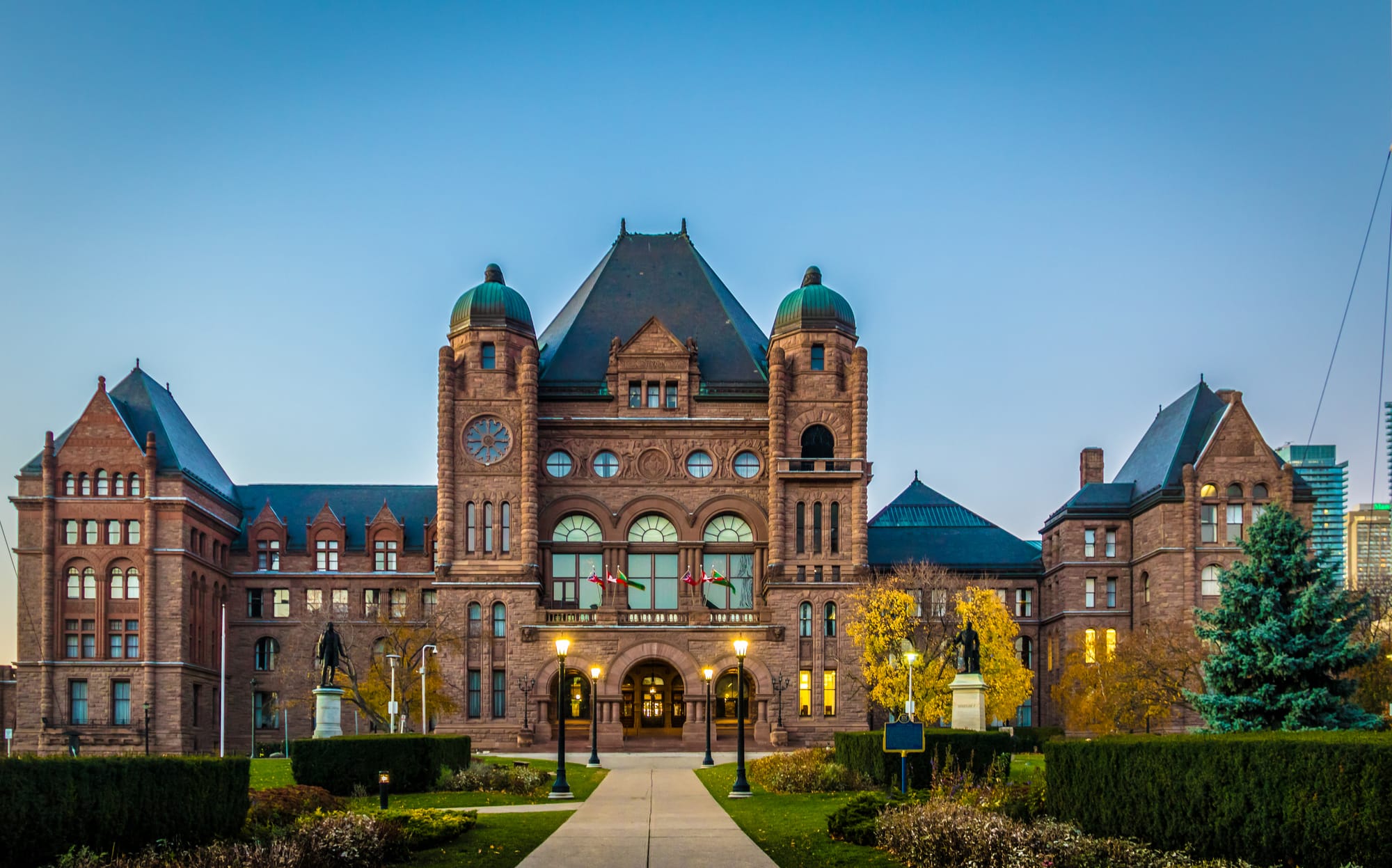Bill 212

Bill 212, the Reducing Gridlock, Saving You Time Act, 2024, has sparked significant controversy and opposition in Toronto. Here are some of the main issues and concerns:
Overreach into Local Governance
- Municipal Autonomy: The bill is seen as an overreach by the provincial government into local governance. It requires municipalities to seek provincial approval before installing new bike lanes that remove a traffic lane, undermining the autonomy of local governments in urban planning.
Removal of Bike Lanes
- Safety Concerns: The proposed removal of bike lanes on major streets like Bloor Street, Yonge Street, and University Avenue has raised safety concerns. Cyclists argue that these lanes are crucial for their safety and that their removal could lead to more accidents and fatalities.
- Environmental Impact: Removing bike lanes could discourage cycling, leading to increased car usage and higher emissions, which contradicts efforts to reduce greenhouse gas emissions and improve air quality.
Public Opposition
- Protests and Rallies: There have been numerous protests and rallies organized by cycling advocates and residents to oppose the bill. For example, a large rally at Christie Pitts Park saw thousands of cyclists come together to voice their concerns.
- Community Engagement: Local residents, cycling advocates, and politicians have been actively involved in organizing protests and public meetings to voice their opposition.
Environmental and Health Concerns
- Environmental Impact: The focus on highway construction over cycling infrastructure could lead to increased traffic congestion and pollution, negatively impacting the environment and public health.
- Health Benefits of Cycling: Cycling is a sustainable and healthy mode of transportation. Reducing bike lanes could discourage people from cycling, leading to negative health outcomes.
Economic Costs
- Long-Term Costs: Addressing the environmental damage, health issues, and traffic congestion caused by the removal of bike lanes may require additional resources and investments in the future.
These issues highlight the need for a balanced approach to transportation planning that considers the safety, environmental, and health impacts of major infrastructure projects.
